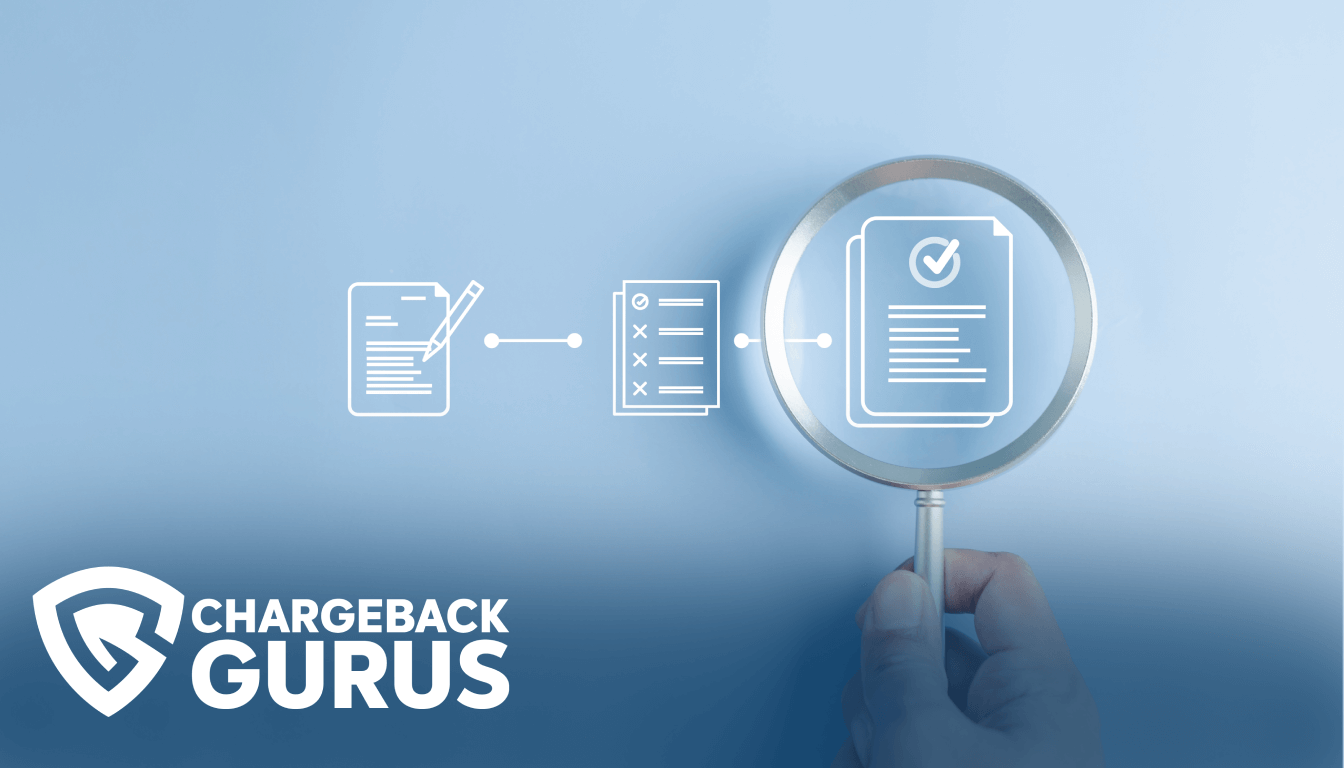Visa Chargeback Reason Code 82: Point-of-Interaction Error

Table of Contents
- What is Visa chargeback reason code 82?
- What causes code 82 chargebacks?
- What's the time limit to respond to code 82 chargebacks?
- How can merchants fight code 82 chargebacks?
- How can merchants prevent code 82 chargebacks?
- About Visa chargeback reason codes
Merchants who receive a chargeback for a transaction placed with a Visa card may encounter reason code 82, which indicates an improperly processed transaction that the cardholder does not believe they should be responsible for paying. The actual underlying cause of this chargeback is usually either friendly fraud or merchant error. Merchants who believe they have received an invalid chargeback under reason code 82 may be able to represent the transaction and reverse the chargeback with the right compelling evidence.
What is Visa chargeback reason code 82?
Visa chargeback reason code 82 falls under the “Point-of-Interaction Error” category. The shorthand description is “Duplicate Processing.” This reason code means that the cardholder is claiming that a single transaction was processed more than once and resulted in duplicate charges to their account.
What causes code 82 chargebacks?
When legitimate, this chargeback tends to be caused by merchant error. It is possible for a merchant to key in a transaction more than once, or submit the same transaction multiple times.
This can occur when network errors or other difficulties make it look like a batch has not gone through correctly, so the merchant keeps retrying, unaware that they are being received by the issuer as duplicate transactions.
This chargeback can also be caused by friendly fraud. Sometimes cardholders will see similar charges on their bank statement and mistakenly assume that they are duplicate charges. These may be recurring or installment payments, or maybe they’re just forgetting that they made two similar purchases with the merchant.
Either way, if they are granted a chargeback, the merchant should represent the disputed charge and provide evidence that it was separate and correct.
What's the time limit to respond to code 82 chargebacks?
The acquirer or merchant has 30 days to respond to a chargeback filed under reason code 82.
How can merchants fight code 82 chargebacks?
Merchants can fight code 82 chargebacks if they have evidence proving that the transaction in question was a separate, legitimate charge and not a duplicate.
Your chargeback response should include the following:
- Individual and separate transaction receipts, or other documents, that prove that each transaction was different and separately processed.
- If the chargeback carries the “ATM Transaction” modifier, provide a copy of either the ATM Cash Disbursement Transaction record or Load Transaction record, which must contain at least one of the following items:
- The account number and transaction timestamps or sequential numbers that identify individual transactions.
- Indicators that confirm that the ATM Cash Disbursement and/or Load Transaction values were successful.
- If the chargeback carries the “Telephone Service Transaction—Unattended Cardholder-Activated Terminal” modifier, provide documents that prove that the time of the call was different for the original transaction and the so-called duplicate transaction.
How can merchants prevent code 82 chargebacks?
If you are receiving legitimate chargebacks under this reason code, there may be operation errors or bad procedures that are causing you to reenter or resubmit a single transaction more than once. A careful review of your processes should prevent these errors from reoccurring.
If, on the other hand, you are receiving these chargebacks because of friendly fraud, you may want to communicate more proactively to notify customers when a recurring charge is about to be processed.
The following tips can help you avoid this kind of chargeback:
- Review your transaction receipts before depositing.
- Submit transaction batches one at a time. If you’re not sure whether a batch needs to be resubmitted, ask your payment processor.
- Send customers advance notice of recurring or installment payments that might look identical to previous transactions.
- When customers want to switch payment methods on a transaction in progress, void it and start over.
- If you accidentally process a duplicate transaction, reverse it or process a credit immediately.
- Train staff on the proper procedures for processing payments and credits.
About Visa chargeback reason codes
Reason codes are alphanumeric codes that provide the justification for granting a chargeback. Pursuant to the Fair Credit Billing Act of 1974, cardholders have the right to dispute unauthorized or erroneous charges, and issuing banks must reverse a disputed transaction if the cardholder’s claim is valid.
When a cardholder contacts their issuing bank to dispute a transaction and receive a chargeback, the dispute is assigned a reason code that most closely matches the substance of the cardholder’s claims. The reason code provides the merchant and other stakeholders in the dispute with a concise explanation for why a chargeback has been granted.
Each card network—Visa, Mastercard, American Express, and Discover—defines and maintains their own unique set of reason codes, which are applied to disputes by the banks that issue credit and debit cards under their brands.
Visa specifies 46 reason codes under the categories of Fraud, Authorization, Point-of-Interaction Error, Consumer Disputes, and Processing Errors. Visa uses a numeric scheme for its chargeback reason codes.
Understanding chargeback reason codes is one of the most essential parts of effective chargeback management. Identifying the chargeback reason code and the evidence required to fight it is the first step in chargeback representment, and analyzing your chargeback reason codes can provide you with insights into what types of disputes are causing you the most trouble. With this information, you can determine the root causes of your chargebacks and take action to prevent them from reoccurring.


